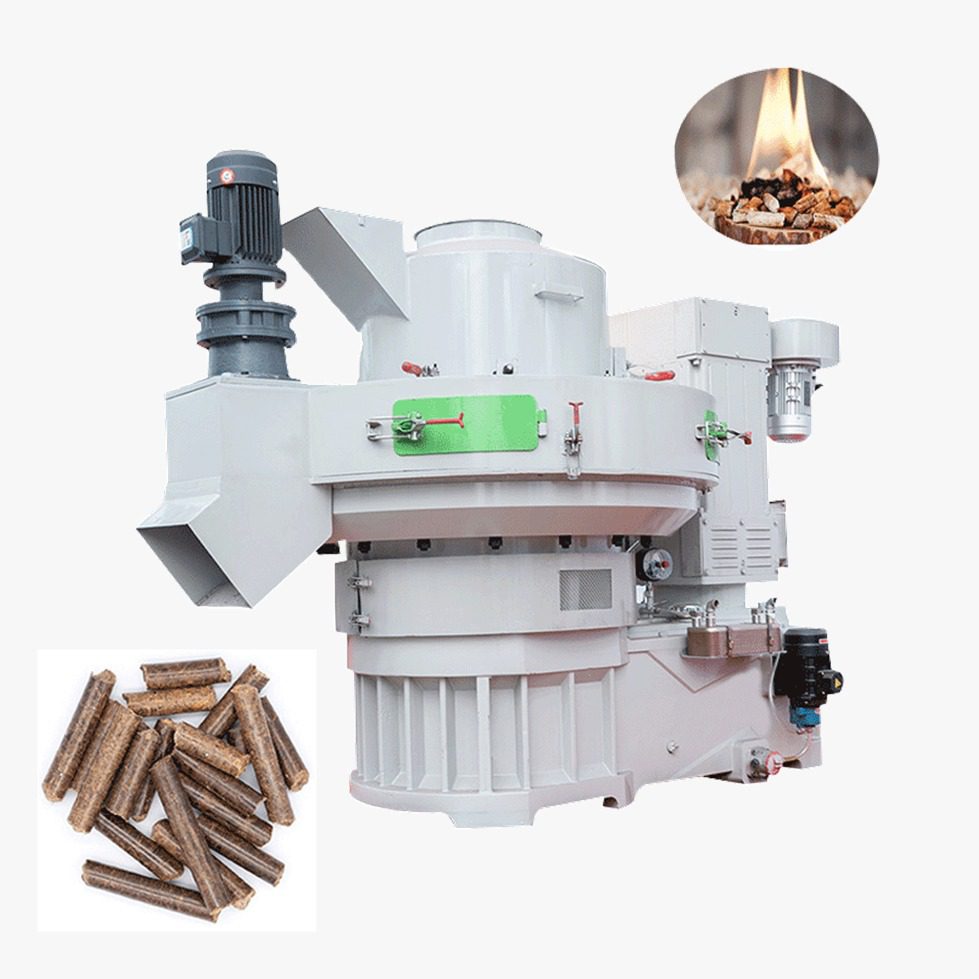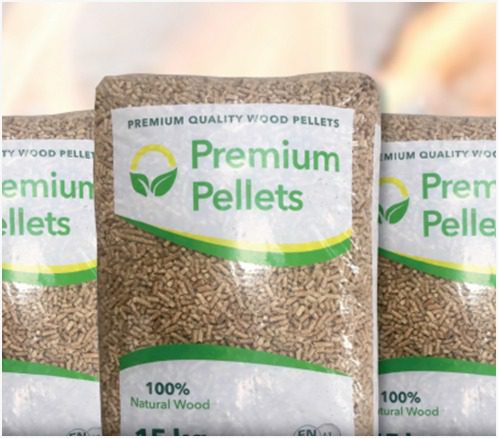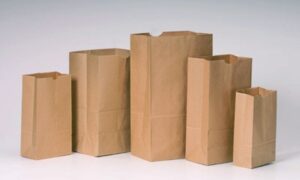How to make wood pellets
How to make wood pellets? That question can only be answered when you understand what are wood pellets.
Wood pellets are cylindrical, compressed wood particles that are used as an alternate source of fuel. They’re leftovers from the sawmilling process of turning lumber into logs. Where originally the leftover wood was discarded as useless, it’s now used as a low carbon bio-fuel.
They’re used as an alternate source of fuel in place of oil, propane and natural gas. It can also be used as beddings for animals.
What Are the Benefits of Using Wood Pellets?
The main reason for using wood pellets would be, that as a source of energy, they are:
- Cost efficient
- Local
- Renewable
These are incentives that are not taken lightly in today’s global climate awareness. They have minimal moisture, about 6-10%, which means they burn clean and leave very little residual ash to clean up.
They’re small and thus easy to handle and transport.
Environmentally friendly
How Are Wood Pellets Used?
Wood pellets are used ina variety of domestic and industrial appliances for heating purposes. Automatedstoves and boilers worldwide use wood pellets as a low-carbon emitting source of fuel.
Many of the pellet-using stoves in industries have an in-built storage space for the pellets. Once the wood already inside is consumed, pellets from the storage space are then automatically dispensed into the fire. They ash needs to be removed once after six months.
In the smaller stoves, pellets need to be loaded more frequently and the ash removed more often. It’s still considered more efficient than a traditional wood burning stove.
Pellet-burning stoves are more expensive initially but in the long run need less maintenance, less clean-up and are easier to use.
How To Make Wood Pellets?
The process begins by acquiring clean dry sawdust from a wood processing plant. The wood is first turned into fine dust using a hammer mill machine. It is then compressed into small cylinders by pushing them through the holesof a pellet press, under high temperatures. The heatcombined with the naturally found lignin in the wood, acts as a glue to ensure the pellets come out compacted on the other side.
Once they’re sufficiently cooled down, the pellets are packed into bags for transport. The uniform shape of the pellets makes it easier to ensure the same amount goes into each bag.
How Long Does A Bag of Wood Pellets Last?
The average 1-pound bag of wood pellets lasts one hour. For slow cooked foods, lesser energy is dispensed so fewer wood pellet are used. For foods that require higher temperatures, naturally higher amounts of wood pellets are consumed.
How to Store Wood Pellets
After all the effort to get a low moisture wood pellet, it would be a shame if they’re kept in the open where they absorb moisture from the air and ultimately become unusable. The correct way to store them would be to keep them in air-tight containers, safe from the moisture in the air. Unopened bags should also be kept in a cool dry place.
Types of Wood Pellets
The best part about using wood pellets for your smoker is the way the smoke from the pellets combines with the food and enhances its flavours. All wood pellets have different wood flavours and depending on the food you’re cooking and your personal preference, you may choose one over the other.
Premium wood pellets have less than 1% organic ash content. They do not contain any fillers or binding agents. They’re higher in density and have a very low moisture content. The lower the moisture content, the lesser the amount of energy expended to burn the pellets. Less ash is produced than with cheaper quality wood pellets, which produce more ash that then compromises the quality of your food.
Smoker pellets
The only purpose of smoker pellets is to add delicious woody flavour to your food, enhancing the end result. Those from Trager or Camp Chef are more expensive than heating pellets but well worth the money with their consistent burning temperatures and a clean source of fuel.
A few of the different kinds of wood pellets for different foods are:
- Hickory
- Maple
- Cherry
- Oak
- Mesquite
- Alder
Heating pellets
These are cheaper than heating pellets and are only intended for wood burning stoves, not to be used for smokers. They contain fillers from their raw materials that only have a higher moisture content but will also add unsavouryflavours to your food. A great idea for heating purposes but should be avoided for cooking.
The Impact of Wood Pellets Usage on the Environment
As a low carbon source of energy
Many scientists believe that wood pellets, as a renewable source of fuel, are the future of the fuel industry. Wood is believed to be renewable when the forests are being replenished as quickly as they’re being consumed.
The amount of carbon dioxide released into the atmosphere that burning the wood creates is the same amount that is released into the atmosphere when the trees die naturally and are consumed by other animals. Despite the fact that they’re not carbon neutral, their usage still gives off much less carbon in the atmosphere than other fossil fuels.
As a Renewable Source of Energy
Since wood pellets are renewable, they’re preferred over fossil fuels like oil and natural gas. They’re also used to generate electricity by grinding them to dust and then running the mixture through a flame that creates steam.
Final Words
Wood pellets are small cylindrical shaped pellets made from leftovers of the lumber industry. They’re relatively expensive but easy to use and an efficient use of leftover lumber. Scientists believe they’re the future of alternate energy and a renewable source of fuel. They’re used for heating purposes and in smokers to enhance the flavours of foods.































